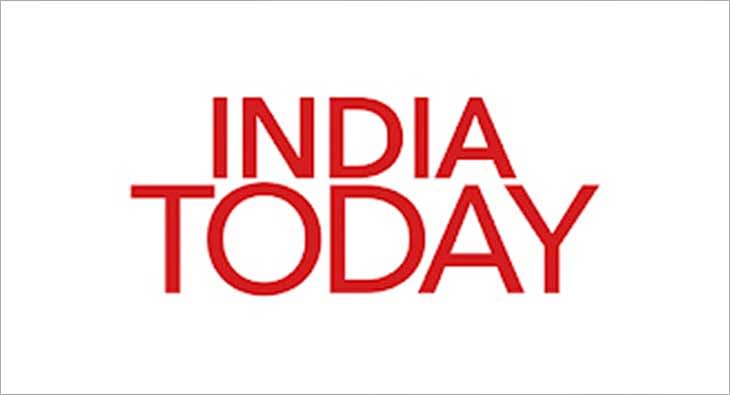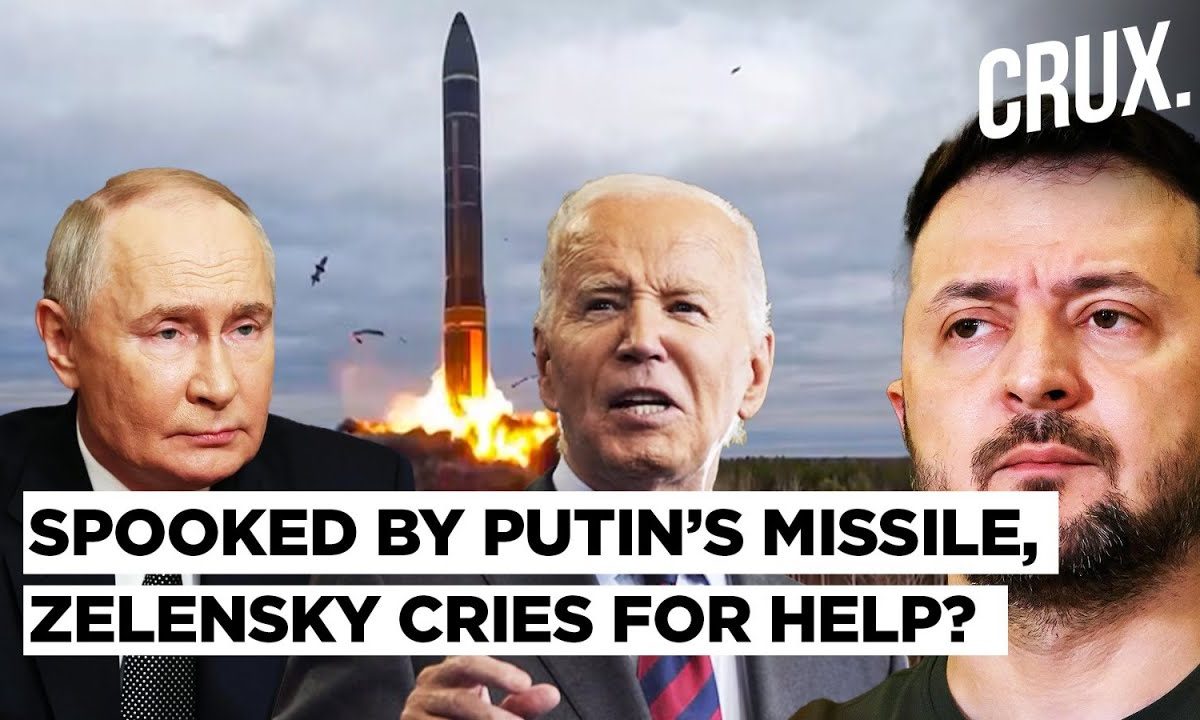Presidents like Bill Clinton, George W. Bush, and Barack Obama laid the groundwork for a close partnership, recognising India's potential as a significant global player. Meanwhile, Lyndon B. Johnson, Richard Nixon, and Jimmy Carter approached India with scepticism, influenced by Cold War rivalries and nuclear concerns.
Over the decades, U.S.-India relations have been a complex diplomatic dance, shaped by the varying approaches of American presidents. Some embraced India as a strategic partner, while others maintained a more cautious stance. Presidents like Bill Clinton, George W. Bush, and Barack Obama laid the groundwork for a close partnership, recognising India’s potential as a significant global player. Meanwhile, Lyndon B. Johnson, Richard Nixon, and Jimmy Carter approached India with scepticism, influenced by Cold War rivalries and nuclear concerns. This historical overview of U.S.-India relations sheds light on how presidential priorities and worldviews have alternated between collaboration and caution.
Bill Clinton: Establishing a Strategic Partnership
Bill Clinton’s presidency marked a major turning point in U.S.-India relations. His historic visit to India in 2000 symbolised a milestone in the relationship, following years of diplomatic strain after India’s 1998 nuclear tests, which led to U.S. sanctions. Clinton actively sought to mend ties, working to lift sanctions and establish the Indo-U.S. Science and Technology Forum, which encouraged collaboration in technology, health, and environmental fields. Clinton’s diplomatic approach laid a foundation for a strategic partnership, moving beyond Cold War tensions and positioning India as a key ally. His administration’s outreach efforts helped reset the relationship, paving the way for future cooperation.
George W. Bush: The Architect of the U.S.-India Nuclear Agreement
George W. Bush’s presidency saw unprecedented support for India, especially through the landmark U.S.-India Civil Nuclear Agreement. Bush’s administration negotiated this transformative agreement, allowing India access to civilian nuclear technology without being a signatory of the Nuclear Non-Proliferation Treaty. This pivotal shift in U.S. policy marked a strategic alignment, bolstering defence and economic ties between the two countries. The deal elevated India’s standing within American foreign policy circles, fostering closer military cooperation and economic exchange. Bush’s approach recognised India as a major player in global affairs and established a long-lasting foundation for future U.S.-India relations.
Barack Obama: Strengthening the Partnership
Barack Obama continued building on the legacy of his predecessors, taking the U.S.-India partnership to new heights. Making two official visits to India, Obama openly supported India’s bid for a permanent seat on the United Nations Security Council, marking a bold diplomatic move. His administration emphasised collaboration on crucial global issues, from climate change to defence. Obama described the U.S.-India relationship as one of the defining partnerships of the 21st century, underscoring its importance for a stable Indo-Pacific region amid a rising China. His administration’s outreach solidified India’s role as a pivotal U.S. ally, expanding on the framework established by Clinton and Bush.
Lyndon B. Johnson: Cold War Realities and Scepticism
Lyndon B. Johnson’s approach to U.S.-India relations was defined by the complex geopolitics of the Cold War. During his presidency, U.S. foreign policy in South Asia leaned toward Pakistan, especially during the 1965 Indo-Pakistani War. Johnson viewed India’s non-aligned stance with suspicion, wary of its close ties with the Soviet Union. While he extended food aid to India during severe droughts, Johnson reportedly did so reluctantly, illustrating a cautious approach. His administration’s favouritism toward Pakistan limited the potential for warm relations with India, reinforcing a perception of Cold War-era scepticism.
Richard Nixon: Hostility and Tension
Richard Nixon’s presidency was marked by open hostility toward India, underpinned by both political disagreements and personal animosity. This tension came to a head during the Bangladesh Liberation War in 1971, when Nixon’s administration openly favoured Pakistan, despite its documented human rights abuses. Recently declassified tapes reveal Nixon’s derogatory remarks about India, particularly toward Prime Minister Indira Gandhi. He even suggested that India’s challenges, such as population growth, could be “solved” by a “mass famine.” This era saw some of the most intense diplomatic friction between the two countries, casting a shadow that lingered over U.S.-India relations for years.
Jimmy Carter: Nuclear Concerns and Strained Relations
Jimmy Carter entered office with the intent to improve U.S.-India relations, but his tenure was marred by challenges stemming from India’s nuclear ambitions. Carter strongly advocated for nuclear non-proliferation and pushed India to sign the Nuclear Non-Proliferation Treaty, a stance that did not sit well with Indian leaders who saw it as interference in their sovereignty. Additionally, Carter’s favourable view of Pakistan added tension, leading to strained perceptions of his administration in New Delhi. Despite Carter’s efforts, his nuclear stance remained a roadblock, reinforcing the challenges of U.S.-India relations during his presidency.
The Evolution of U.S.-India Relations: From Scepticism to Strategic Alliance
From Clinton, Bush, and Obama to Johnson, Nixon, and Carter, the actions of U.S. presidents have charted a dynamic course in U.S.-India relations. Clinton’s diplomacy laid the groundwork, while Bush’s nuclear agreement and Obama’s expanded partnership underscored India’s strategic significance as a U.S. ally. Meanwhile, Johnson, Nixon, and Carter’s approaches reflect the challenges of navigating Cold War politics, nuclear concerns, and personal biases. The relationship, shaped by these highs and lows, now stands as a robust partnership, with both nations acknowledging their shared values and common goals in the global arena.
Published By:
indiatodayglobal
Published On:
Nov 5, 2024

 2 weeks ago
2 weeks ago



















